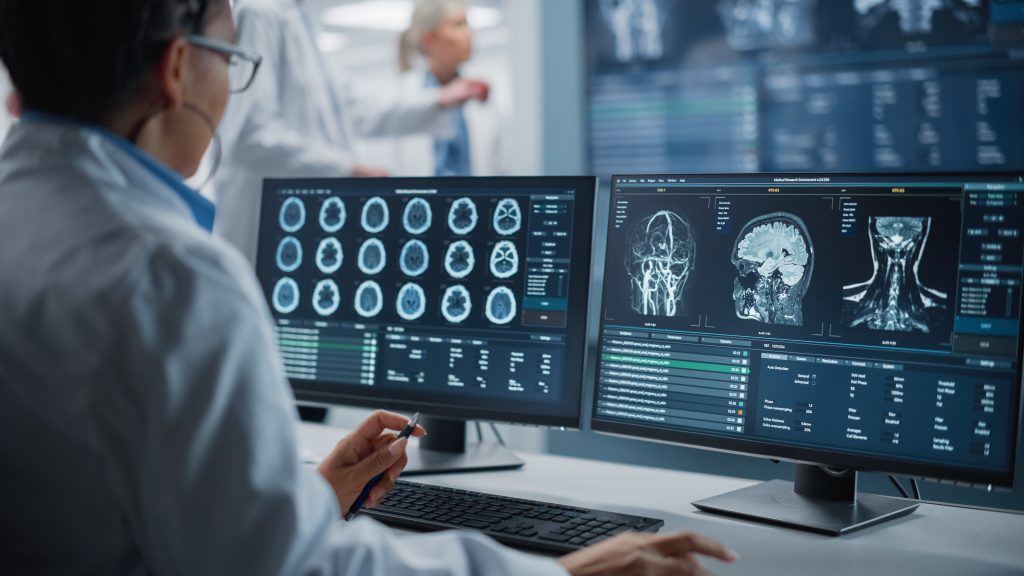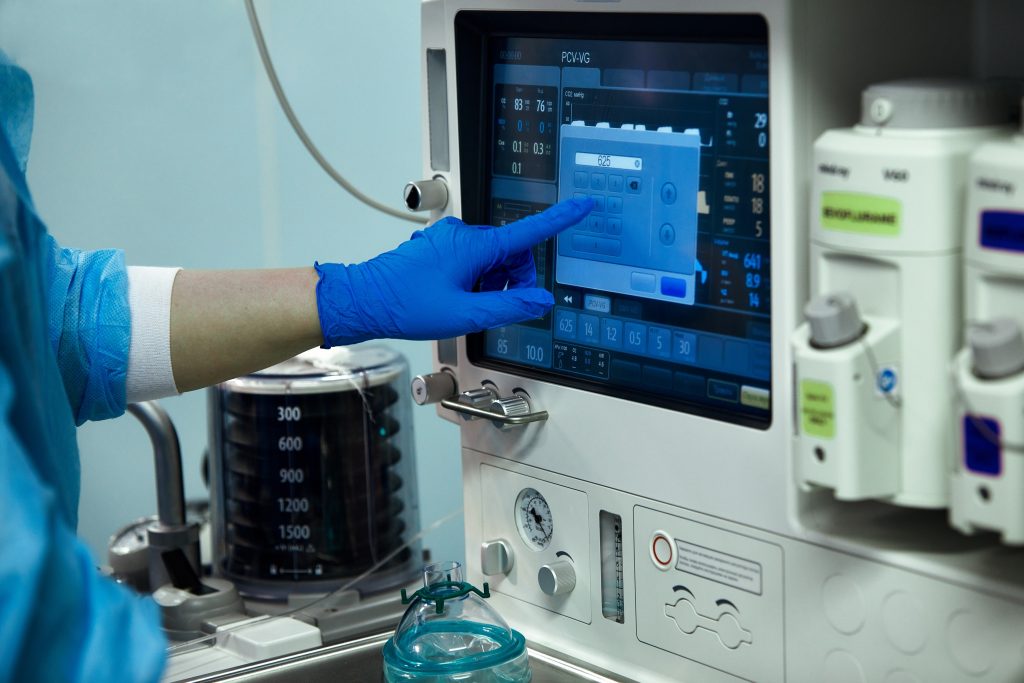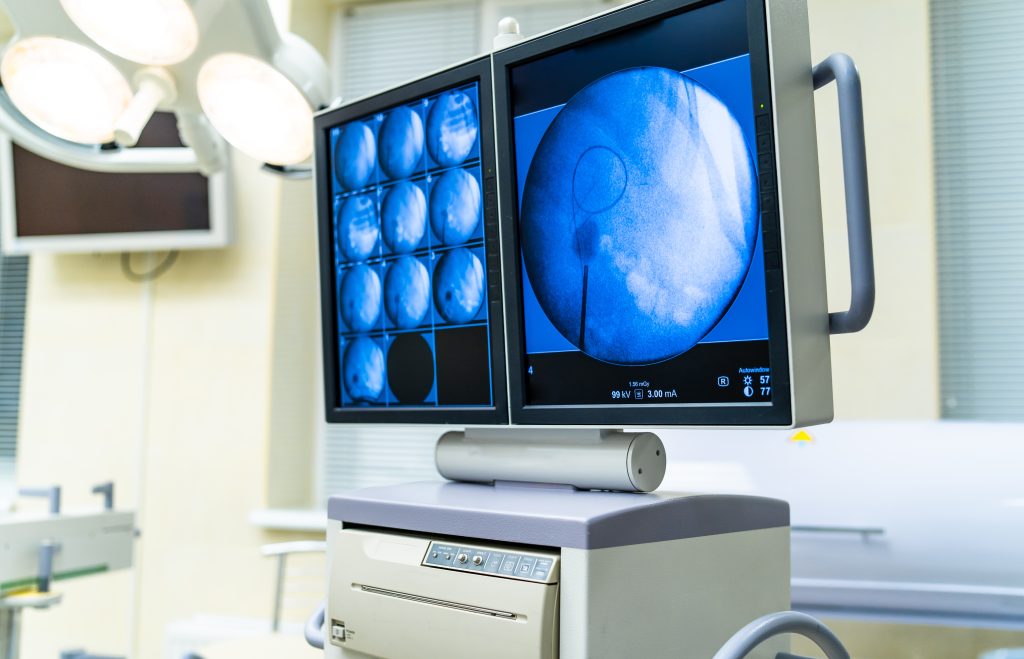
The best way to take the pulse of the EPO is often to look at the behaviour of its Boards of Appeal. Examination practice at the EPO is ultimately informed by the prevailing jurisprudence of the Boards, and by looking at their decisions we can infer some of the latest trends and developments.
Machine learning has been a growing area of interest for patent applicants in recent years. The EPO is also taking an interest in the technology, and has included a dedicated section in its Guidelines to help examiners working on patent applications in this area.
We have recently conducted a review of all Board of Appeal decisions that include a mention of machine learning to pull out emerging trends in EPO practice, and to underline key points of best practice.
The Comvik approach
The standard approach for assessing the patentability of computer implemented inventions at the EPO is the so-called Comvik test, named after a Board of Appeal decision that technically bears the less engaging title, T 641/00.
According to Comvik, where an invention consists of a mix of technical and non-technical features, inventive step must be assessed by taking into account only those features that contribute to a technical character. This means that any non-technical features in a claim cannot contribute to an inventive step.
Those with experience of prosecution at the EPO will be familiar with an approach where examiners take a marker pen to a claim and score through any claim features that are considered to be “non-technical”. This approach directly follows the guidance in Comvik, and it allows examiner to focus their attention on technical features. An inventive step argument must stand up on the basis of technical claim features alone because Comvik says that non-technical features can be ignored.
When framing an argument for inventive step, it is usually convenient to identify claim features that provide a technical solution to a technical problem. This means it is helpful to focus claims on features that relate to real-world technical problems, as opposed to problems that arise in non-technical areas such as business methods or mathematical methods.
Comvik applied to Machine Learning
The EPO enthusiastically applies the Comvik approach to inventions involving machine learning, just as it does for other computer implemented inventions. As far as the EPO is concerned, machine learning is simply a branch of computer science and should be treated no differently to any computer program. Accordingly, the EPO will ignore any non-technical features when assessing inventive step. Successful patent applications in this area will need to describe and claim an invention that solves some kind of technical problem. It is often helpful if the technical problem exists somewhere in the real world outside of the computer. However, it is also possible to achieve a technical effect entirely within a computer if it can result in the computer itself becoming a better as a technical object – perhaps by being less prone to crashing, in one example. Some machine learning applications will experience difficulty during examination at the EPO if their contribution is deemed to be entirely non-technical in the mathematical methods that are used.
EPO Guidelines on Machine Learning
The EPO examiners’ handbook – the Guidelines for Examination in the EPO – includes a section that is dedicated to artificial intelligence and machine learning.
The Guidelines explain that the algorithms used in machine learning are generally of an abstract mathematical nature. As such, the algorithms themselves will typically be excluded from patentability in Europe for being mathematical methods.
Most patent applications involving machine learning will not be directed to the pure algorithms, but will involve an application in a particular field of technology. In this respect, the Guidelines provide a few examples of applications that may be considered technical:
“… the use of a neural network in a heart monitoring apparatus for the purpose of identifying irregular heartbeats makes a technical contribution. The classification of digital images, videos, audio or speech signals based on low-level features (e.g. edges or pixel attributes for images) are further typical technical applications of classification algorithms.”
Following Comvik, these are examples of inventions that may well provide a technical solution to a technical problem, depending on the prior art.
However, the Guidelines go on to explain that:
“Classifying text documents solely in respect of their textual content is however not regarded to be per se a technical purpose but a linguistic one (T 1358/09). Classifying abstract data records or even “telecommunication network data records” without any indication of a technical use being made of the resulting classification is also not per se a technical purpose, even if the classification algorithm may be considered to have valuable mathematical properties such as robustness (T 1784/06).“
The Guidelines are typically drafted based on jurisprudence from the Boards of Appeal, and the passage above quotes two specific decisions. One challenge in this area is the scarcity of Board of Appeal decisions that relate to machine learning. We can expect this to change in the coming years as the number of applications starts to increase.
Recent Board of Appeal Cases
We have undertaken a review of every Board of Appeal decision that includes the term “machine learning” in its decision text. Of course, this is not a comprehensive review because some machine learning cases will not use that terminology, and may be expressed more specifically in terms of trained classifiers, neural networks or support vector machines. Although not comprehensive, this review helps to provide an overview of some of the issues that can arise in the examination of these cases, and some guidance for applicants on best practice.
General themes:
1) Clarity and Sufficiency of disclosure
A number of decisions included pertinent passages relating to sufficiency of disclosure.
In T 1191/19, the relevant claim was found to be insufficient because it was defined based on certain training data. However, there was no example set of training data in the application and nor was there any meaningful disclosure about what these training data should be. The Board noted that “at the level of abstraction of the application, the available disclosure is more like an invitation to a research programme”.
In T1882/17, the invention involved a method for classifying actions on a mobile device as benign or not benign based on a behaviour vector. The behaviour vector was generated based on actions recorded in a log of actions. The Board found that the claim lacked clarity because they could not determine what the terms meant. The objections could equally have been raised as a lack of sufficiency if the relevant detail was not included in the remainder of the disclosure.
These decisions provide a helpful note of caution about the need to include adequate detail in a patent application that enables an invention to be put into effect. For applications involving machine learning it is important to think about the inclusion of training data in an application. If the training data is an important part of the invention, or is referred to in the claim, then the application had better include enough detail to allow the invention to be replicated. Otherwise, there is a risk, as with these cases, that the application could be found to lack sufficiency, even if it achieved something technical and valuable.
2) Inventive step in a technical field
Most decisions considered in this review involved appeals from Examining Divisions where the applications had been refused for lack of inventive step in a technical field, following Comvik. The success rate for appeals in this area is low. In fact, of the decisions considered in the course of this study, none successfully overturned the original decision. That is not to say that appeals are always futile. However, it is worth considering the logic used in a decision of first instance in detail to see if any flaws can be found and proceeding with an appeal only if it might offer a reasonable chance of success.
In T 1635/19, the claim related to a method for adaptive remote maintenance of a rolling stock. The method involved applying supervised learning to sensor data from the rolling stock so that it could output a new rule for repair and maintenance for the rolling stock.
Predictably, the appellant argued that the invention could result in improved rules for repair and maintenance, and that this would solve a technical problem. However, there was no evidence in the application as filed that this was achieved in a technical way. On the contrary, the supervised learning technique relied upon the quality of “ground truth information” and the description confirmed that this may be the result of cognitive processing by a human operator dealing with the events. Any improvement in the quality of the output was not, therefore, based on technical features in the claim. The Board found that the accuracy of identified events is not a technical parameter when it is subjectively assessed by a human operator.
In T 1191/19, the application defined a method for optimising predictions for personalised interventions that are cognitive/functional tasks for neurorehabilitation. Machine learning was used to generate two groups of predictions, compare them, and then generate a final prediction for output. The Board found that there was a lack of inventive step. Notably, they argued that “the application of a known machine learning technique to problems in a particular field is a general trend and cannot be inventive as such”. The Board could not identify any kind of adaptation of machine learning to the particular problem at hand.
T 0022/12 related to a technique for classifying emails as legitimate mail or spam. According to the application an incoming email would be run through a Support Vector Machine (SVM) classifier that is trained using emails that have been classified manually. In this case, the Board took the view that the classification of messages as a function of their content is not technical per se. Following Comvik, the application was refused for lacking an inventive step in a technical field.
Finally, T 1510/10 involved the ranking of content in live web applications. The invention sought a better ranking by taking account of user’s reactions and machine learning to find out what kind of information the user responds to. This can allow the ranking of information that is most important (perhaps) or most interesting (perhaps). The Board did not consider the presentation of information and the observation of how someone reacts to it as technical. Moreover, they observed that “no inventive step can derive just from the use of machine learning”.
These cases demonstrate the importance of the Comvik case in assessing inventive step for inventions that involve the use of machine learning. This can allow the EPO to set issues relating to machine learning to one side and simply ask whether the claimed invention involves an inventive step in a technical field. These cases also demonstrate that the use of machine learning to solve an existing problem will not be enough to support an inventive step.
Lessons from G1/19
On 10 March 2021 the Enlarged Board of Appeal published its decision in G 1/19. This decision is notable since it is only the second time that the Enlarged Board of Appeal – which is the highest legal authority at the EPO – provided an opinion that related to computer implemented inventions.
The case under consideration in G 1/19 related to a simulation of the movement of pedestrians through an environment. The application of this technology was in the design of public buildings such as railway stations and sports stadia to avoid potential pinch points in their design. The decision was not specifically related to machine learning. However, it includes a number of passages that may have a bearing on how some of these cases will be considered at the EPO.
One notable aspect of G 1/19 is that it endorsed the Comvik approach, set out above. This approach has been applied by the EPO for around 20 years, and it is set to stay. It is clear that patentable inventions that involve the use of machine learning will need to demonstrate that they involve an inventive step in a technical field.
Another interesting point discussed in G 1/19 is whether a technical effect can arise in a system that is entirely contained within a computer. This was relevant to simulations because a simulation can be contained entirely within a computer without ever involving any interaction with the physical world. For many simulations it is not really relevant whether the simulated system exists, has ever existed, or will ever exist. In the Enlarged Board’s opinion, the question of whether a simulation is technical cannot, therefore, depend on the “quality” of the simulation or how well it represents “reality”. As such, these kind of arguments cannot be used to support an argument for a technical effect when the simulation is entirely confined within a computer.
This has a bearing on the patentability of some types of machine learning. Certainly, it is relevant to claims that involve the training of a model. In many cases the steps involved in training a model are performed by a computer, and the output is an algorithm that is stored within the computer. This is comparable with a simulation because the training can be performed without necessarily involving any interaction with the physical world. Following G1/19 it follows that it should be difficult to protect claims related to the training of a model, unless the process somehow results in a technical improvement for the computer that operates the process, such as an improvement in reliability.
In most situations, of course, there is less commercial value in a patent that focuses only on the steps of training a model. For most applicants there will be more value in the deployed model and, as long as this is related to something technical, there should be opportunities for obtaining patent protection at the EPO.
Conclusions
Challenges remain in protecting machine learning algorithms at the EPO, but the latest jurisprudence from the Boards of Appeal demonstrate at least that the underlying law in the area is stable and predictable.
It is critical in this area that patent applications are drafted such that the claims are clear and the disclosure is sufficient. The mere use of machine learning will not support an inventive step argument so the application must amount to more than a collection of buzz-words. Indeed, there must be sufficient detail in the disclosure for the invention to be put into practice, and in some cases this may involve including details on the data that are used in training sets.
It is also clear that European patent applications must be drafted so that they can support an inventive step argument, under Comvik. Ideally applications should outline a technical problem in the physical world and should focus on technical advantages that are achieved. It is always helpful to include specific data processing steps involving the interaction between hardware and software. This will put an application in the best shape possible to support an inventive step argument based on prior art that is not known about when the application is filed.
There are plenty of challenges in handling patent applications that relate to machine learning. However, well-informed applicants can make the best of the system by being selective about which patent applications are filed in Europe, and in making sure that those patent applications are properly drafted to support an inventive step in a technical field.
Please do get in touch if you have any questions concerning machine learning and artificial intelligence and what it might mean for your innovation. Find contact details on my website profile here or contact us at gje@gje.com.





